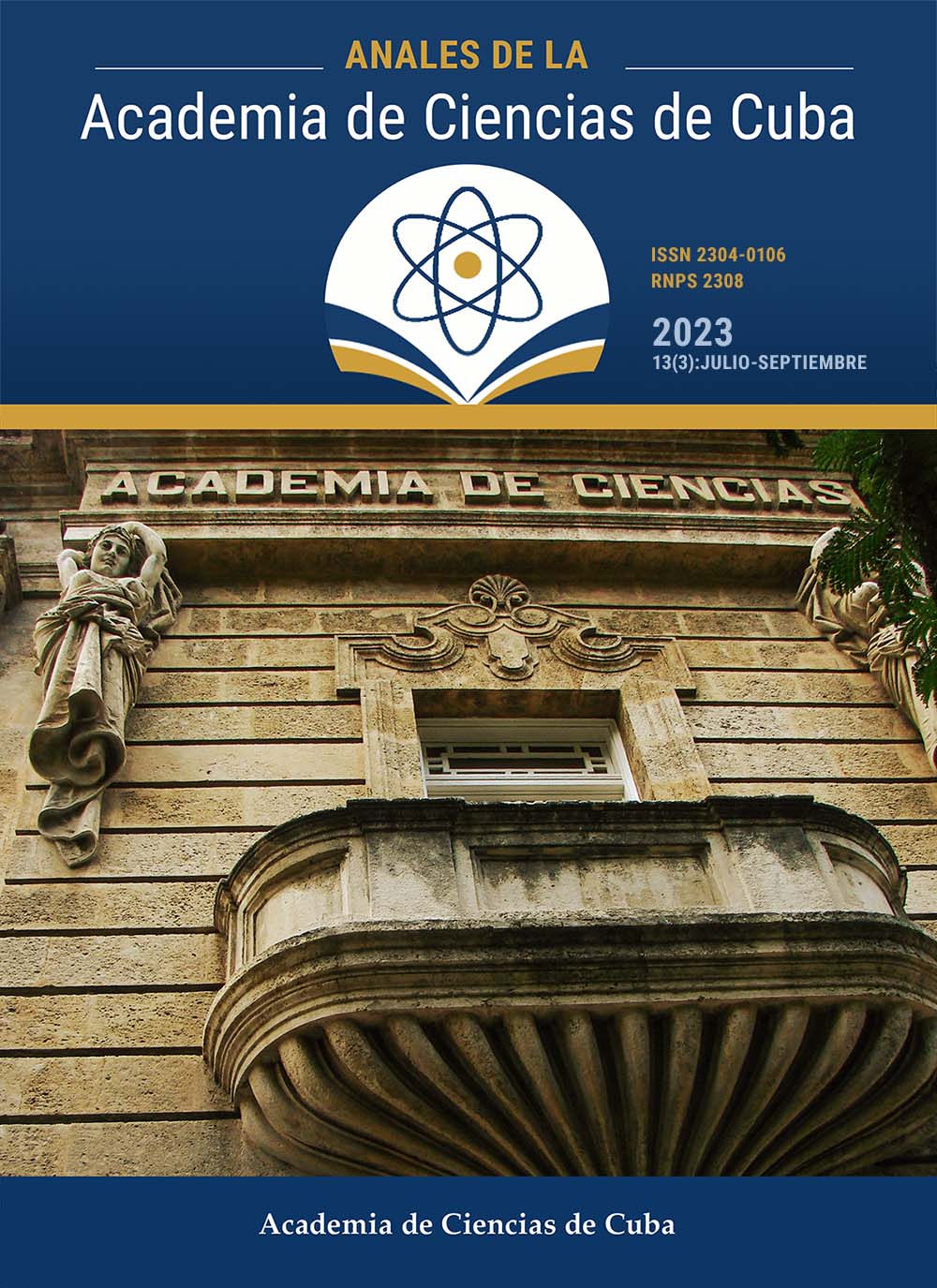Fine epitope mapping and directed evolution of the therapeutic antibody nimotuzumab
Keywords:
epitope mapping, paratope, phage display, mutagenesis, affinity maturationAbstract
Introduction: Nimotuzumab recognizes the extracellular region of the epidermal growth factor receptor. Unlike other clinically approved antibodies, nimotuzumab/receptor binding interface was previously unknown. Such a knowledge would contribute to the understanding of its mechanisms of action and the prediction of treatment resistance due to epitope loss. It has been claimed that nimotuzumab intermediate affinity explains its lower toxicity, being the only anti-receptor antibody useful in chronic schemes. Despite this advantage, its use is limited to tumors displaying high receptor levels. Nimotuzumab variants with increased affinity and unchanged fine specificity would be useful to understand the link between affinity, toxicity and anti-tumor effects. The objective of this paper was to characterize the binding functional interface betwen the nimotuzumab and the receptor of the epidermic growth factor, and to obtain variants of nimotuzumab with higher affinity for the receptor that kept their fine epitope specificity.
Methods: We developed a mapping strategy based on phage display and extensive mutagenesis of the target antigen and nimotuzumab variable region, validated by mutagenesis studies on proteins produced in mammalian cells. It was performed affinity maturation using libraries of phage-displayed antibody fragments.
Results: Residues R353, S356, F357, T358 y H359 of receptor domain III and the third hypervariable region of nimotuzumab heavy chain were the main contributors to binding. Paratope evolution led to two antibodies with higher affinity (3 and 3.6 times) and the same fine specificity as compared to nimotuzumab. Both antibodies showed higher biological activity than the parental antibody. Conclusions, Nimotuzumab recognizes a unique epitope as compared to the other antibodies approved for clinical use, and shows differential sensitivity to receptor mutations. Higher affinity nimotuzumab variants offer additional alternatives for tumor diagnosis and treatment, as well as useful tools to explore the link between antibody affinity and biological effects.
Downloads
Published
How to Cite
Issue
Section
License
The journal Anales de la Academia de Ciencias de Cuba protects copyright, and operates with a Creative Commons License 4.0 (Creative Commons Attribution-NonCommercial License 4.0). By publishing in it, authors allow themselves to copy, reproduce, distribute, publicly communicate their work and generate derivative works, as long as the original author is cited and acknowledged. They do not allow, however, the use of the original work for commercial or lucrative purposes.
The authors authorize the publication of their writings, retaining the authorship rights, and assigning and transferring to the magazine all the rights protected by the intellectual property laws that govern in Cuba, which imply editing to disseminate the work.
Authors may establish additional agreements for the non-exclusive distribution of the version of the work published in the journal (for example, placing it in an institutional repository or publishing it in a book), with recognition of having been first published in this journal.
To learn more, see https://creativecommons.org






